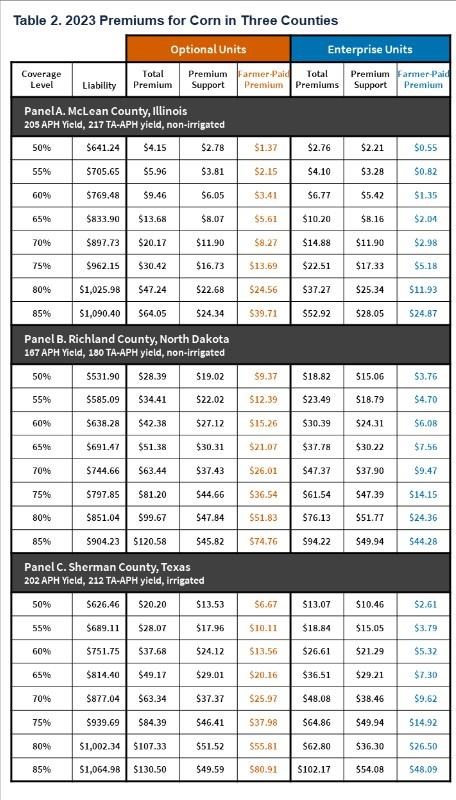By Tim Drugan
The act of grazing animals isn’t as simple as letting them loose on a patch of land and encouraging them to eat their fill. When the health of the landscape is also a priority — whether to reduce wildfire risk or fight invasive species — monitoring the many-bellied is necessary to ensure what can be helpful does not tumble into destructive: overgrazing and introducing unwanted species.
In Boulder, Andy Pelster heads this monitoring. As the city’s agriculture and water senior manager, he leads efforts to use cattle in ways that can be beneficial to all parties involved. Pelster said that with proper and consistent management, grazing can be used to “to shift vegetation communities from one set of species to another”: lessening the dominance of one species to encourage growth of another.
On Shanahan Ridge, for example, the city is hoping cattle will help them combat tall oatgrass, an invasive species that has been encroaching on the territory of native big blue stem, switchgrass and yellow Indiangrasses.
Tall oatgrass matures faster than those other species, allowing it to commandeer territory and resources (water, soil nutrients, sunlight) that would otherwise be utilized by natives. But if cattle are put on the land when oatgrass is sending up shoots and the native species are still germinating, the invaders will be chewed back, providing an opening to slower growers.
The second half of the equation is getting cattle off the land when the native grasses start to come up in early summer. This allows these natives to enjoy a full lifecycle undisturbed, and have “good reserves going into the winter” so they’re “ready to grow again the next spring.”
According to Pelster, it seems to be working.
“We’ve been able to reduce the cover of the tall oatgrass and we’re starting to see some nice response from the native grass,” he said.
Pelster and his team use different animals for different purposes. Where there aren’t natural water sources, water must be supplied to the grazing animals. On South Shanahan, one can see water drums dotting the landscape. But providing water to more remote areas can prove problematic, especially for cattle who are notoriously thirsty. In such situations, goats are a better option than cows, as they’re much more efficient in terms of water consumption. They also have different dietary preferences. So depending on what plant Pelster is targeting, goats might be the ticket.
“If we’re looking to manage chicory, which is an invasive herb we have in some of our sites, goats will do a fairly nice job of grazing it when it’s mature,” Pelster said.

Grazing also driving spread of highly flammable cheatgrass, a wildfire hazard
Grazing is not without its drawbacks, however. Often, rather than fighting invasive species, cattle have been pivotal in their proliferation.
Adam Mahood, a former researcher with CU’s Earth Lab who currently works for the USDA Agricultural Research Service in Fort Collins, spoke of the spread of cheatgrass in Nevada, where much of his research takes place.
Click here to see more...